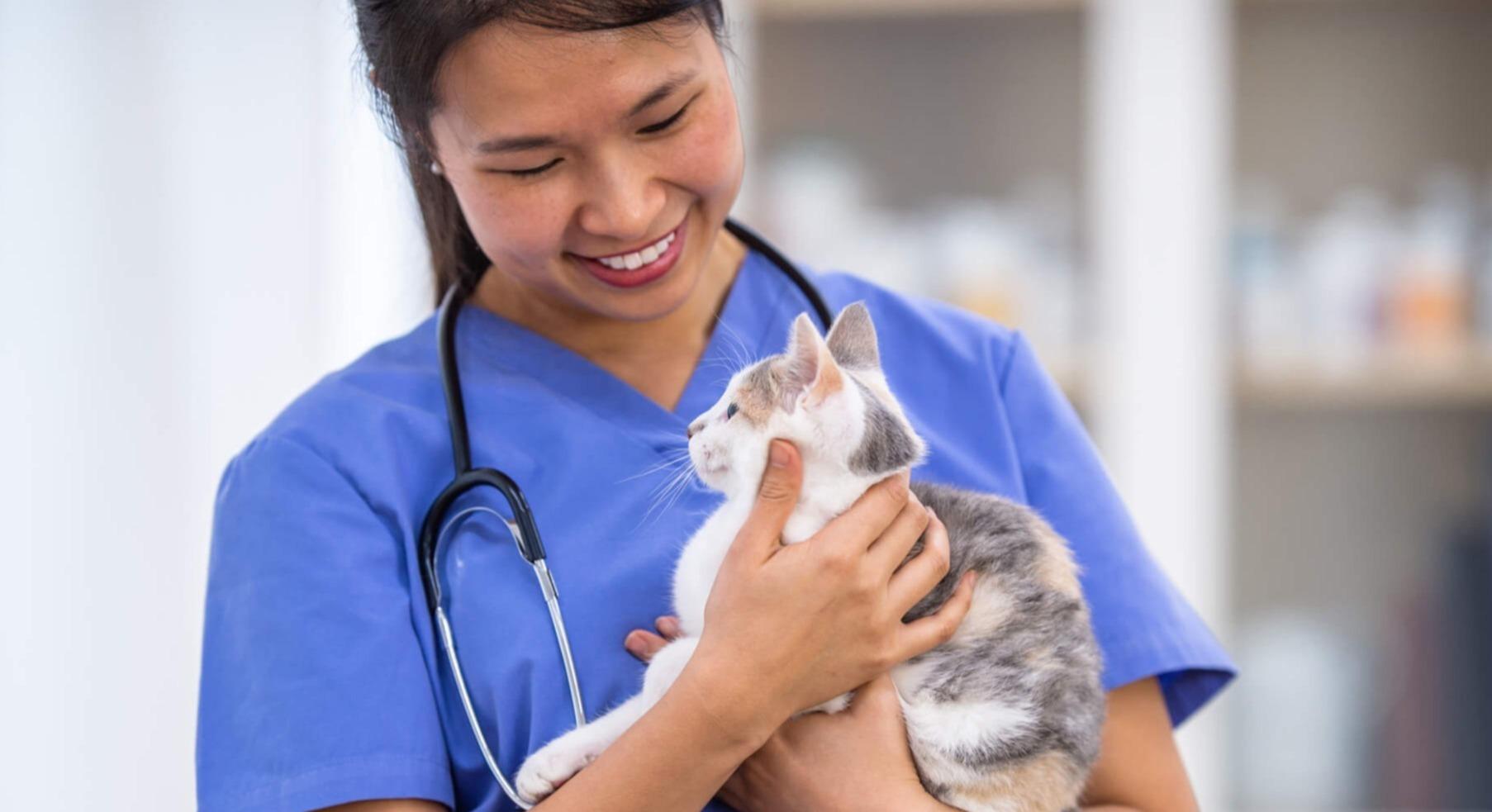All About Cat Pains
Cats are brilliant creatures who really know how to hide their pain and discomfort, at least most of the time. When in the wild, it might have helped them survive because well, you got to look tough! But it can get a little tricky when our semi-domesticated house cats try to carry the legacy of their wild ancestors and mask their pain! And as pet parents, it can be a scary feeling to not know when your feline baby is in any kind of discomfort, can't it?
The trick is to look for subtle signs that indicate that your kitty might be in pain. Here are some of the symptoms of pain in your kitty that you can look out for. If you notice any of these symptoms you may want to contact your vet and schedule an appointment.
Cat Pain Checklist
Change in levels of activity
Has your kitty-cat been more lethargic than usual? Is your cat sleeping way more than normal? Are they slower to move even after they’ve woken up properly? Look out for stiff joints or arthritis, as that can make them a bit reluctant to change positions or jump up to places they normally would.
It could also be the other way! Some kitties can become over-active when in pain. If your cat’s been more restless and seems to be having frequent and severe cases of zoomies, then it’s time to try and get down to the root of the issue.
Being vocal
If your cat is typically quieter but suddenly starts to vocalize much more than normal, it could mean that your feline baby is in pain. They might meow more than they normally do or even purr - although purring is usually a sign of a content and happy cat, some kitties might actually purr even when they feel deeply uncomfortable, scared or are hurting. So, you’ll have to gauge the overall mood of your cat to figure out what’s going on.
Distressed facial expressions
While it can be hard to pick up on facial expressions in cats, typically if they’re not in great shape and feel ill or injured, they’ll have a glazed look on their faces.
Also, check for dilated pupils - it’s part of the stress response in your kitty-cat.
Biting or licking painful areas
Sometimes when a cat is injured or is experiencing some kind of bodily pain, they can irritate the area so much that they create a wound, and cause hair loss, or skin infections. They may also do this if an area is irritated due to allergies. Learn more about allergies in cats.
Aggression
What isn’t communicated in other ways can be expressed through aggression in your kitty. Being irritable, scratching, biting, hissing, and being unusually standoff-ish are also signs that your cat might be in pain. Also, if you notice that they become defensive or hiss only when you touch a certain body part - the area may be sensitive and need to be examined by a vet.
Changes in grooming habits
If you’re a pet owner then you probably already know just how particular kitties can be with grooming themselves. Cats are naturally clean creatures who don't miss an opportunity to lick and clean themselves on a regular day. But if they're in pain or discomfort then it'll be hard not to notice that they're not keeping their coats spick-and-span like they usually do. So just keep an eye out for a coat that looks dirty, unkempt, or greasy, because you'll know if your fur baby is in trouble.
Doing their business outside the litter box
If your cat stops using the litter box all of a sudden you know that something is amiss. Any kind of sudden change doesn't really appeal to their feline sensibilities, so you should be concerned if your kitty has been peeing or pooping outside of the litter box. It could actually mean that they might be experiencing some kind of pain either in their knees, spine, or even hips or elbows which can make it a bit hard for them to exit and enter the little box and also squat the way they usually do. In a situation like this your kitty could also hold in its bowel movements and become constipated - so watch out for any changes in their stool patterns or consistency.
Decreased appetite or thirst
A kitty in pain wouldn't want to eat too much. They may simply become disinterested in food or water. So, if you see any changes in eating or drinking, the first thing you should do is call up your vet, right away! Also, keep an eye out for any signs of dehydration.
What Should I Do If My Cat is in Pain?
First of all, don't panic. It's all a part of being a pet parent, isn't it? What you need to do if you notice any of these signs of pain or discomfort is to immediately get them evaluated by the vet. You can opt for pain control options available at the vet like prescription pain meds or alternative therapies like massage. But a word of caution - never try to treat your kitty with over-the-counter meds without consulting your vet, and especially don't try to treat them with pain meds meant for humans. Cats metabolize meds very differently than we humans do and too much of the wrong medication can be fatal.
It can be hard to be a full-time pet parent and if you're doing it, then hats off to you! We at Spot Insurance know how hard you work for the well-being of your fur babies, and so we also work hard to offer you the right resources available for you to be the best paw parent you can be.

With 10 years of experience as a pet parent, I aim to empower pet owners with insights into pet insurance and maintaining their pet's well-being. I aspire to be a trusted source, combining knowledge with a commitment to the welfare of our beloved pets.
“How to Tell if a Cat is in Pain,” PetMD, https://www.petmd.com/cat/symptoms/how-tell-if-cat-pain, Sep. 28. 2022.
The information presented in this article is for educational and informational purposes only and does not constitute or substitute for the advice of your veterinarian.












